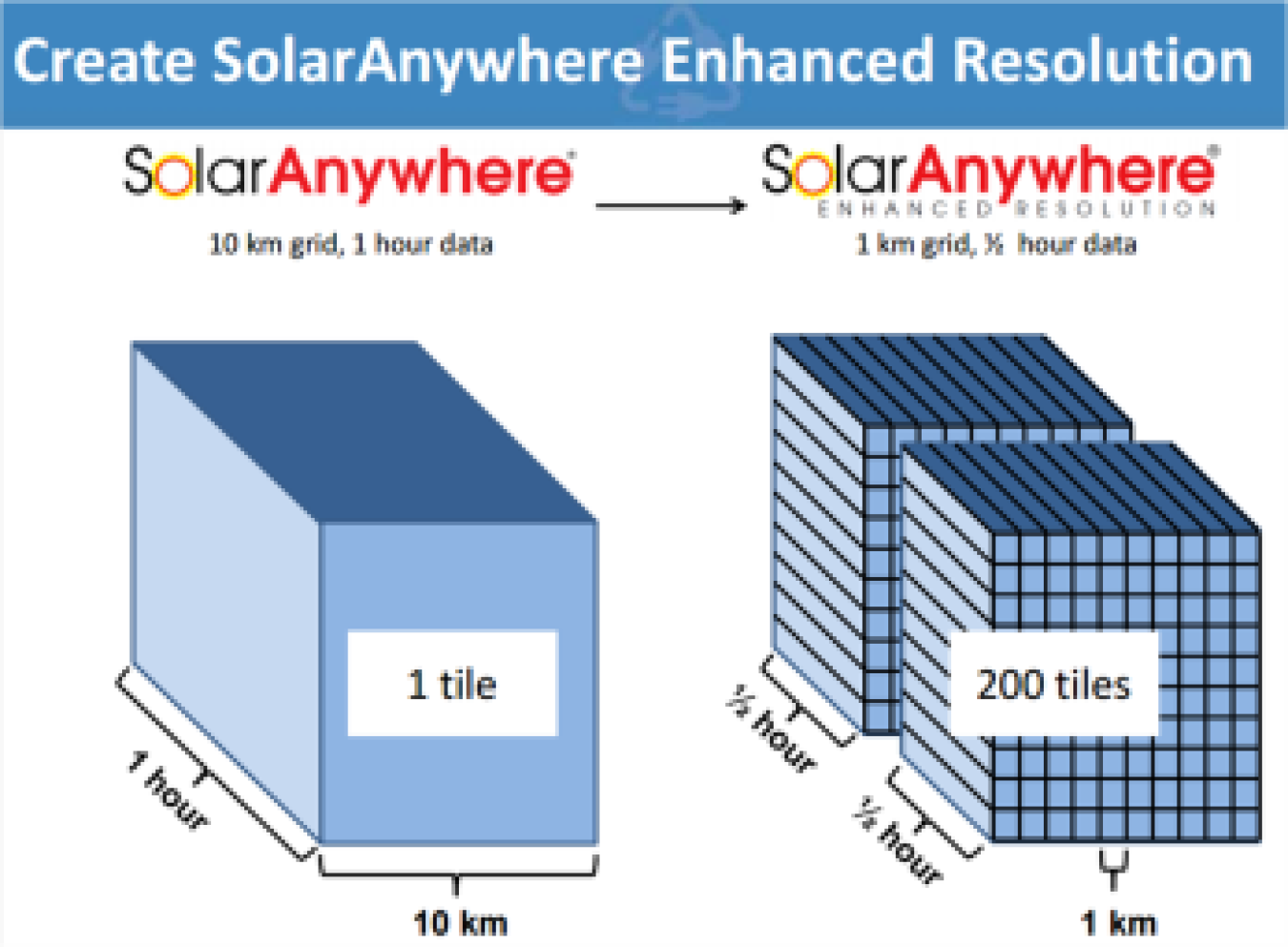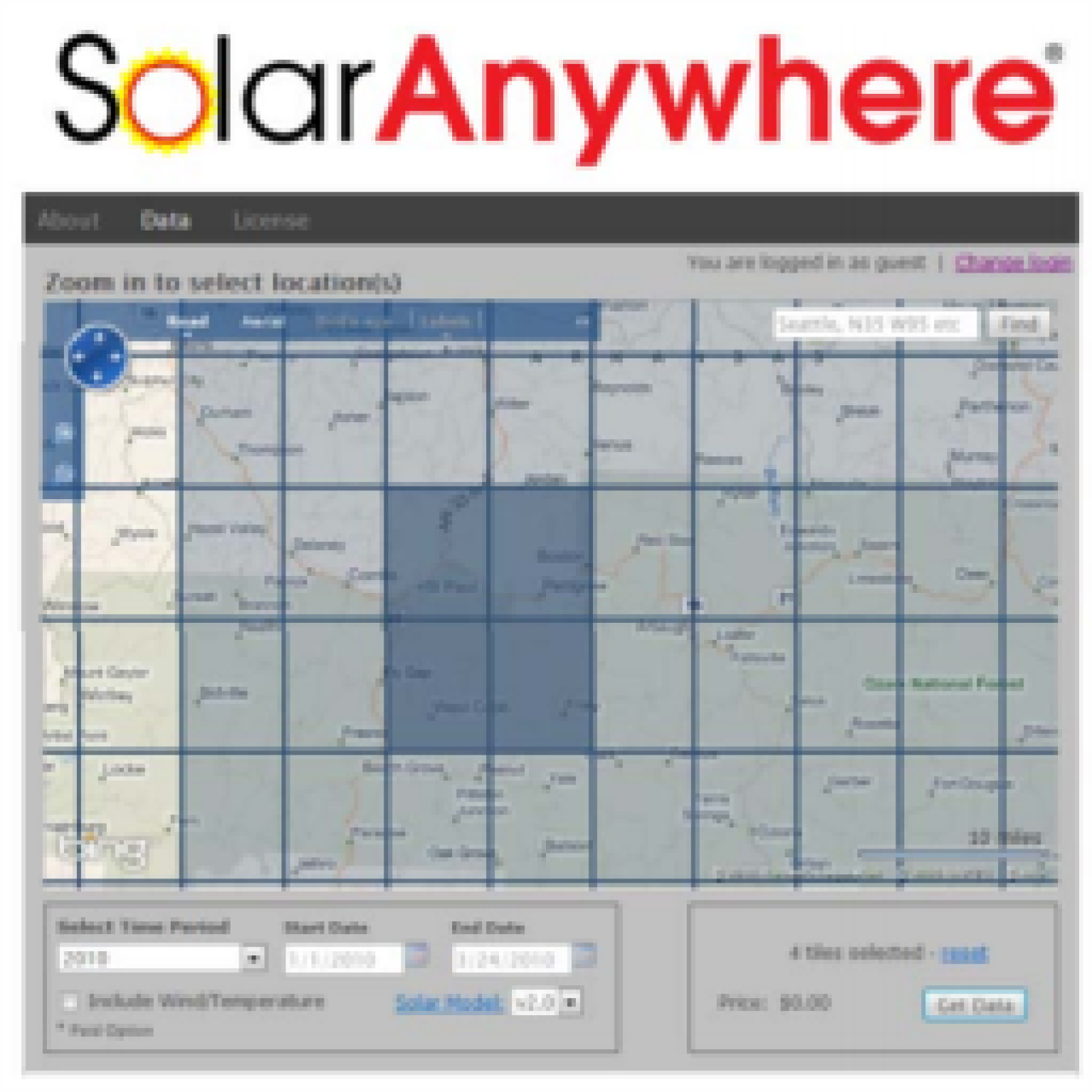This project will address the need for a more accurate approach to forecasting net utility load by taking into consideration the contribution of customer-sited PV energy generation. Tasks within the project are designed to integrate novel PV power forecasting techniques into the operational tools used by the California Independent System Operator (CAISO) to forecast customer load, and then validate their efficacy at enabling higher penetration PV to be installed onto the electricity grid.

This project looks at the improvement in accuracy of load forecasting in California that can be realized from forecasts of behind-the-meter distributed (rooftop) solar PV generation. The forecasts developed are provided to the California Independent System Operator for incorporation into the Automatic Load Forecasting System whose load forecasts will quantify the influence of the increasing penetration of customer-sited or behind-the-meter photovoltaic (PV) system power production. Also, this project will evaluate distributed solar generation forecast accuracy and apply further improvements in solar forecasting developed by the University of California at San Diego.

This project focuses on developing advanced modeling software tools and products to help utilities integrate high penetration photovoltaics (PV) into the electric grid. Forecasting behind-the-meter distributed PV generation power production within a region will enable grid balancing authorities to dispatch generation resources more effectively, significantly lowering the need for additional spinning generation reserves and mitigating the impact on existing reserve capacity. This project is expected to reduce the costs of integrating higher penetrations of PV into the grid by incorporating distributed PV generation forecast into utility planning and operational tools in California, as a replicable and scalable approach that other areas of the country could follow.
The project’s outcomes will include enhancing the spatial and temporal resolution of SolarAnywhere, an online satellite-based irradiance dataset, and adding output variability and PV performance forecasts to the Web-based service PVSimulator. The project will also add PV modeling capabilities to an existing distribution engineering and analysis tool and create a tool to calculate the economic value of a specific PV fleet configuration. When completed, these tools and data will be publicly available for use by installers, manufacturers, agencies, utilities, and others.
At this time, this project does not have published articles, patents, or awards.

